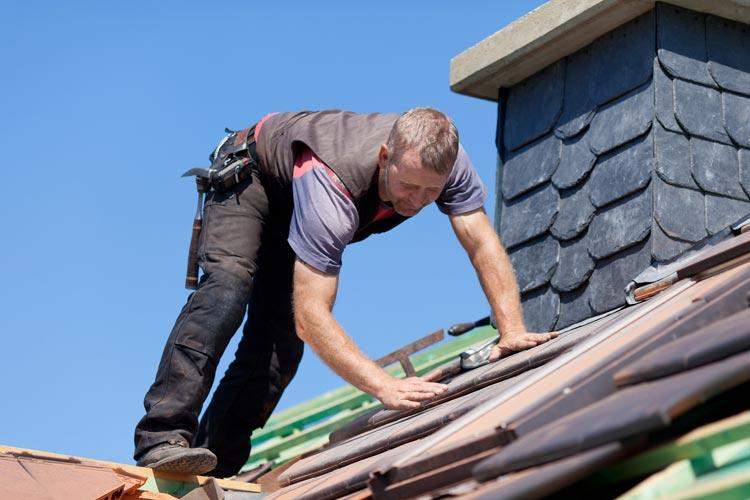Composite decking is a man-made building product made up of a mix of wood, fiber, plastic, and a small number of bonding agents. This mixed-up thing is firstly heated and given the desired shape after it cooled down. composite wood decking requires far less maintenance than traditional wood decking and looks more authentic than the plastic alternative.
Composite wood decking costs more than wood but promisesmore excellent durability and less maintenance. Wood is still the first choice for deck material, but it doesn’t last forever.

Benefits of composite decking:
- One of the most essential and beneficial benefits of composite decking is that it requires far less maintenance than any other traditional wood decking
- The content and the mixture used in making the decking like plastic make the boards more durable and resistant to rot, dampness, and insects. The boards never have to be sealed, stained, or painted. Evenin direct sunlight, they won’t warp or crack. They are splinters-free with additional plastic capping.
- The boards have less water absorption, so they are highly slip-resistant and can be used around pools and wet areas. Due to their increased durability and resistance, composite decking has a much longer lifespan thananother wooden decking. The company providing the composite decking gives 10-15 years of warranty but expects the longevity to be more than just 10-15 years.
- In the starting, it may feel that composite decking is a bit more costly. Still, as earlier said, composite decking doesn’t need any maintenance, so it was apparent to invest in these and enjoy it for more than two decades without makingany changes.
Types of composite decking
- Capped: The capped composite board comes with exterior plastic layering, making the boards highly resistant to fading and staining. The boards are easy to wipe clean and keep theircolor when exposed to the environment.
- Uncapped: uncapped composite boards are relatively cheaper, which means the board losses itscolor after a few months of usage, and they are pretty less resistant and durable
- Hollow and solid: Composite boards come in hollow and solid varieties. Hollow boards tend to have hollow space running throughout the length of the plank, while solid boards are more robust and heavier.
Installation of composite decking:
Installation doesn’t have much difference from traditional wooden decking. It’sthe same process, but new technology or a new designer deck ensures easy and fast installation of the decks with no visible screws.












